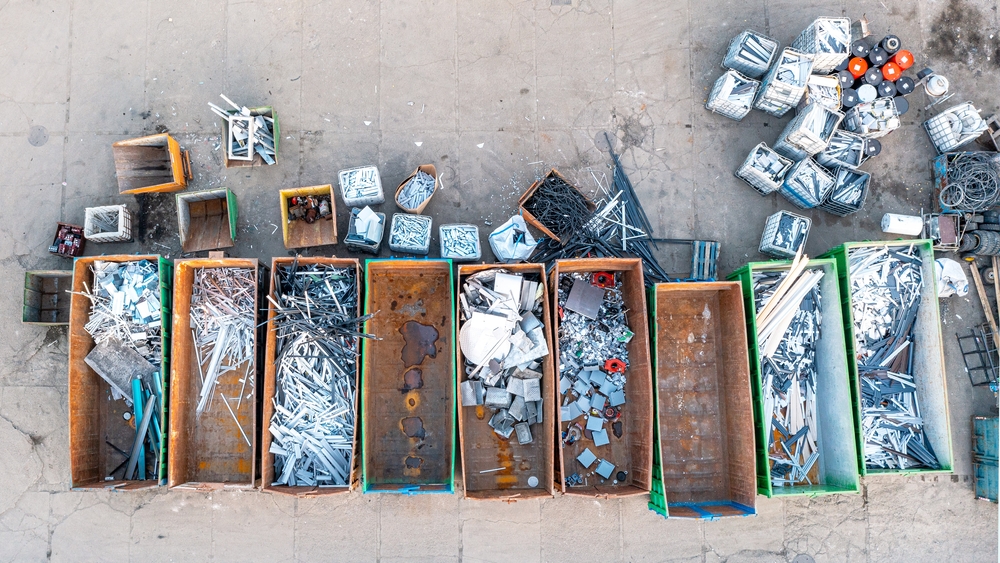
The Role of Robotics in the Future of Recycling Yards
As the world is becoming more environmentally conscious, recycling yards have become increasingly important in managing waste and conserving natural resources. However, these yards face significant challenges, including the need for increased efficiency and sustainability. This is where robotics comes in – changing the game in the recycling industry by improving sorting and processing of recyclable materials. This article will explore how robotics is revolutionizing the recycling yard industry, providing an overview of how robots are used for sorting and processing.
How Robotics will Help with Recycling Yard Sorting
Sorting is a critical step in the recycling process, as it ensures that materials are properly segregated and prepared for processing. Traditionally, sorting was a labor-intensive process, requiring human labor, which could be slow, and error-prone. Robotics technology is now taking over, providing faster and more accurate sorting of materials.
Robots are equipped with a range of sensors, cameras, and artificial intelligence that enable them to identify and separate different types of materials. This process ensures that materials are properly sorted and prepared for further processing, reducing contamination and increasing the overall quality of recycled materials.
With the use of robots, recycling yards can sort materials faster and more accurately than ever before, leading to significant improvements in efficiency. The use of robots for sorting also helps to reduce the risk of worker injury, as they can perform many of the most dangerous and physically demanding tasks.
How Robotics will Help with Recycling Yard Processing
In addition to sorting, robots are also used for processing recyclable materials. This process involves breaking down materials and preparing them for reuse. Robotics technology can automate this process, improving the efficiency and reducing the cost of recycling.
Robots can be used for shredding and breaking down materials into a consistent size and shape. They can also be used to separate materials, such as removing plastic from metal, or removing contaminants from recycled paper products. With automated processing, recycling yards can process materials faster and more efficiently than ever before, reducing costs and improving the quality of recycled materials.
The use of robotics in processing also has significant environmental benefits. Automated processing helps to reduce the carbon footprint of recycling yards, and the waste management industry as a whole, by ensuring that fewer materials end up in landfills.
Conclusion
The role of robotics in the future of recycling yards is significant. Robotics technology is revolutionizing the way recyclable materials are sorted and processed, offering greater efficiency, sustainability, and profitability. By using robots for sorting and processing, recycling yards can increase throughput, reduce costs, and improve the quality of recycled materials. Robotics technology also helps to reduce the risk of worker injury, increase accuracy, and reduce the environmental impact of waste management.
In conclusion, recycling yards like Michigan Metal Recycling by Franklin Metals will continue to play a vital role in waste management, and the use of robotics technology will help to improve their efficiency and sustainability. As the world moves towards a more sustainable future, the recycling industry will continue to evolve, with robotics playing a crucial role in shaping its future. The benefits of using robotics in recycling yards are clear, and it is an exciting time to be a part of this industry.

